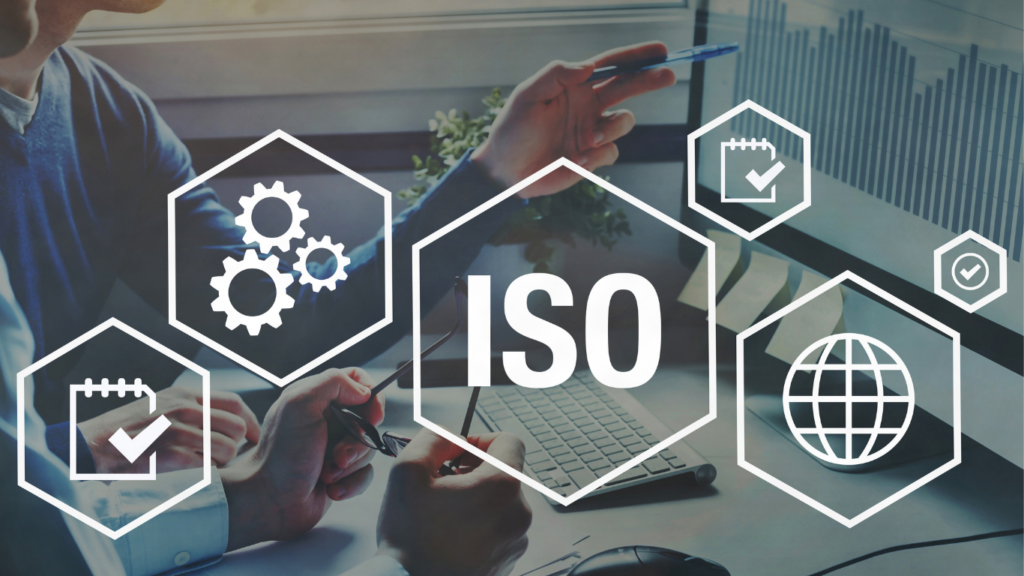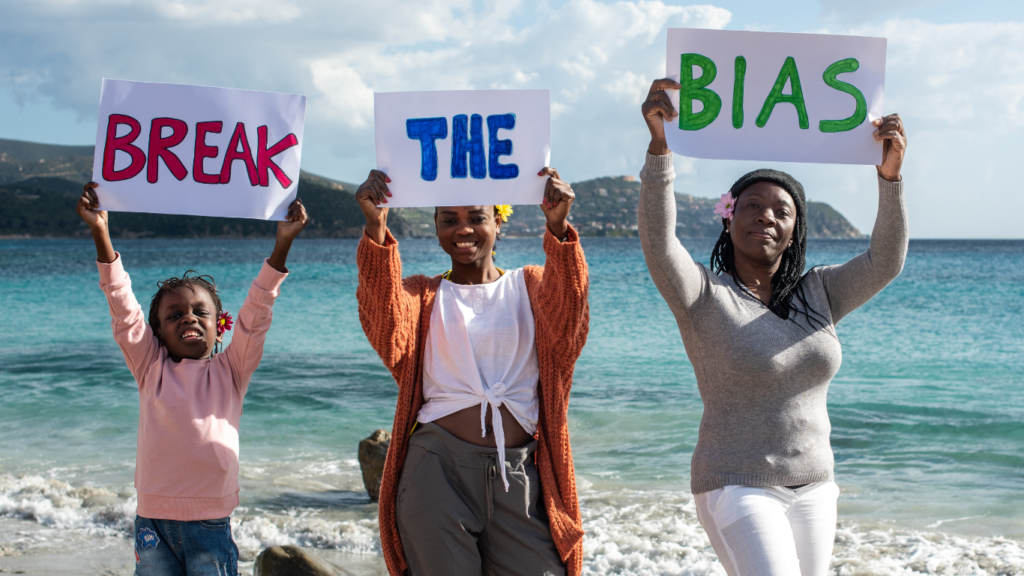
Anniversaries, birthdays, and new beginnings are favorite moments of mine. My zeal for them has prompted me to depart slightly from our corporate culture series to acknowledge a few.
A year ago I began delving into what is now the anniversary of the ISO 30415:2021 Standard for Diversity and Inclusion released last year. This new global development also marks my own involvement in learning how I can apply this global standard to the companies and people with whom I work.
This month marks a new beginning as we roll out the EQUITY FORM MASTERCLASS. In the coming months, you will learn more about this program that answers the question, how do we tackle systemic racism in organizational structure? For the past four months, I have focused my attention on developing the concept and attending to the most interested audience with whom to launch it.
Lastly, I end the month of April celebrating the dual 95th birthdays of two of the most significant women in my life. One of my six living aunts and one of my family’s dearest friends. Woohoo! These two women hold an important place in my life both personally and professionally.
Their influence is instrumental in how I think, what I talk about and what is important for me to do in serving women in leadership. These women represent the corporate and educational worlds in which I spend much of my professional time. So this month, intersectionality seemed a necessary focus as it applies to better acknowledging and grounding the difference among us all and why those differences matter.
Wishing you a happy May!










